When people hear the word superfood, they instantly think of expensive powders, exotic berries, or fancy supplements. But here’s the truth: the real superfood is already on your plate—and most of us are not eating enough of it. The secret? Fiber.
Nutrition experts now call the new trend “Fibermaxxing”—a lifestyle of maximizing fiber intake to unlock hidden health benefits. From better digestion and weight control to lowering heart disease risk and improving gut health, fiber is the unsung hero that deserves a daily spotlight.
🌱 What is Fiber, Really?
Fiber is a special type of carbohydrate found only in plants. Unlike sugar or starch, your body cannot fully digest it. Instead, it travels through your system doing incredible work along the way.
There are two main types of fiber:
- Soluble Fiber – dissolves in water, forms a gel, slows digestion, helps regulate blood sugar, and lowers cholesterol. Found in oats, beans, apples, chia seeds.
- Insoluble Fiber – adds bulk to stool, speeds up bowel movements, and prevents constipation. Found in whole grains, nuts, seeds, broccoli, potatoes.
When combined, these two create a powerful shield for your overall health.
⚠️ The Fiber Deficiency Crisis
Here’s a shocking fact: over 90% of adults don’t eat enough fiber.
- Women need at least 25 grams per day.
- Men need at least 38 grams per day.
The reality? Most people only get 15 grams daily—less than half of what’s needed. This shortage is linked to rising obesity, type 2 diabetes, constipation, high cholesterol, and digestive issues.
Fibermaxxing means fixing this shortage and turning fiber into your daily health weapon.
💪 Why Fiber is the Real Superfood
Here’s why fiber outshines almost every other “superfood”:
1. Keeps Your Gut Happy
Fiber feeds the good bacteria in your gut. A healthy gut microbiome supports digestion, boosts immunity, and even influences mood. Think of fiber as fertilizer for your inner garden.
2. Controls Weight Naturally
High-fiber foods are more filling and take longer to digest. That means fewer cravings, better portion control, and easier weight management without strict dieting.
3. Protects Your Heart
Soluble fiber helps reduce bad cholesterol (LDL), lowers blood pressure, and keeps arteries clear—reducing the risk of heart disease and stroke.
4. Balances Blood Sugar
Fiber slows down sugar absorption, preventing spikes and crashes. This is especially important for people managing or preventing type 2 diabetes.
5. Cleanses the Digestive System
Insoluble fiber acts like a broom—sweeping waste out of your system, preventing constipation, and lowering the risk of colon problems.
6. Lowers Cancer Risk
Studies show fiber-rich diets may reduce the risk of colon, breast, and stomach cancers.
When you add it all up, no powder, pill, or exotic fruit beats fiber.
🥗 Top High-Fiber Foods to Add Today
Want to fibermaxx your meals? Focus on these:
- Legumes – lentils, beans, chickpeas (10–15 g per cup)
- Whole grains – oats, brown rice, quinoa, barley
- Seeds – chia, flax, pumpkin seeds
- Nuts – almonds, pistachios, walnuts
- Fruits – apples, pears, berries, bananas
- Vegetables – broccoli, carrots, leafy greens, sweet potatoes
💡 Tip: Always choose whole, unprocessed foods for maximum fiber.
🔑 Practical Fibermaxxing Tips
- Start your day with oatmeal + chia seeds instead of sugary cereal.
- Swap white rice for quinoa or brown rice.
- Snack on nuts, fruit, or veggie sticks instead of chips.
- Drink plenty of water—fiber works best when hydrated.
- Add one extra serving of vegetables to every meal.
Small changes = big results.
🚀 How Much Fiber Should You Eat?
- Women: 25+ grams daily
- Men: 38+ grams daily
Example of a fibermaxxed day:
- Breakfast: Oatmeal + chia seeds + berries → 12 g
- Lunch: Lentil soup + whole-grain bread → 14 g
- Snack: Apple + handful of almonds → 7 g
- Dinner: Quinoa salad + roasted broccoli → 15 g
Total: 48 grams! More than enough to keep your system thriving.
🌟 The Bottom Line
Forget overpriced powders or miracle supplements. If you truly want to unlock long-term health, the answer is simple: fibermaxxing.
By making fiber the foundation of your meals, you’ll:
✔️ Improve digestion
✔️ Control weight naturally
✔️ Balance blood sugar
✔️ Protect your heart
✔️ Support gut health
✔️ Lower cancer risk
Fiber is not just food—it’s your daily health insurance.
✅ Final Thought: Start today by adding one high-fiber food to each meal. Within weeks, your energy, digestion, and overall health will feel transformed.
ABOUT THE AUTHOR
Dr. Abid Akram is a dedicated medical practitioner known for his patient-centered approach and strong clinical expertise. With an MBBS degree and years of hands-on experience, he has developed a keen interest in preventive healthcare and internal medicine. Dr. Abid firmly believes that health is not just about treating illness but about empowering individuals to make lifestyle choices that prevent disease and promote long-term well-being. His approachable personality and ability to explain complex medical concepts in simple terms make him a trusted doctor among his patients. Outside of his clinical practice, Dr. Abid contributes to community health awareness programs, aiming to bridge the gap between medical knowledge and everyday life.

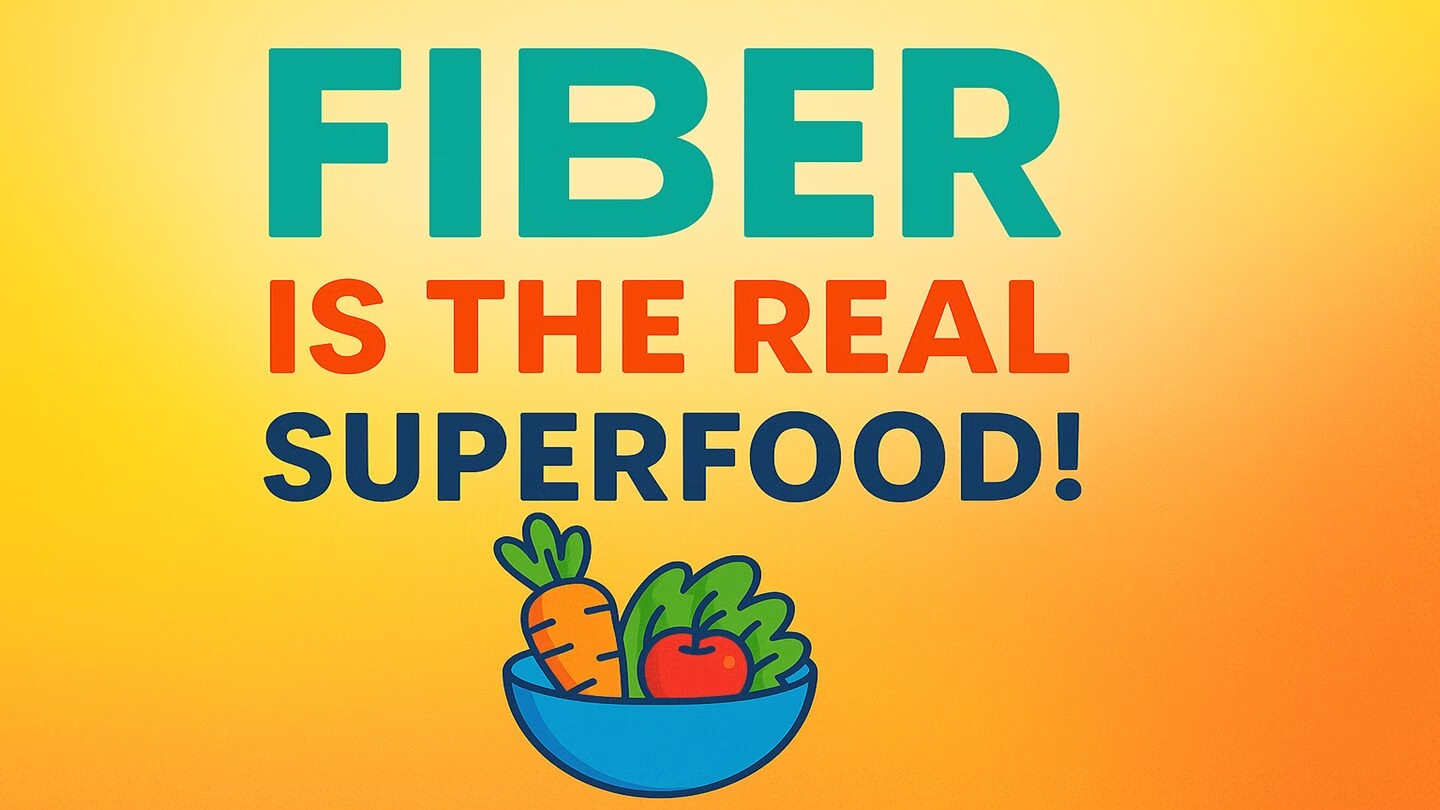



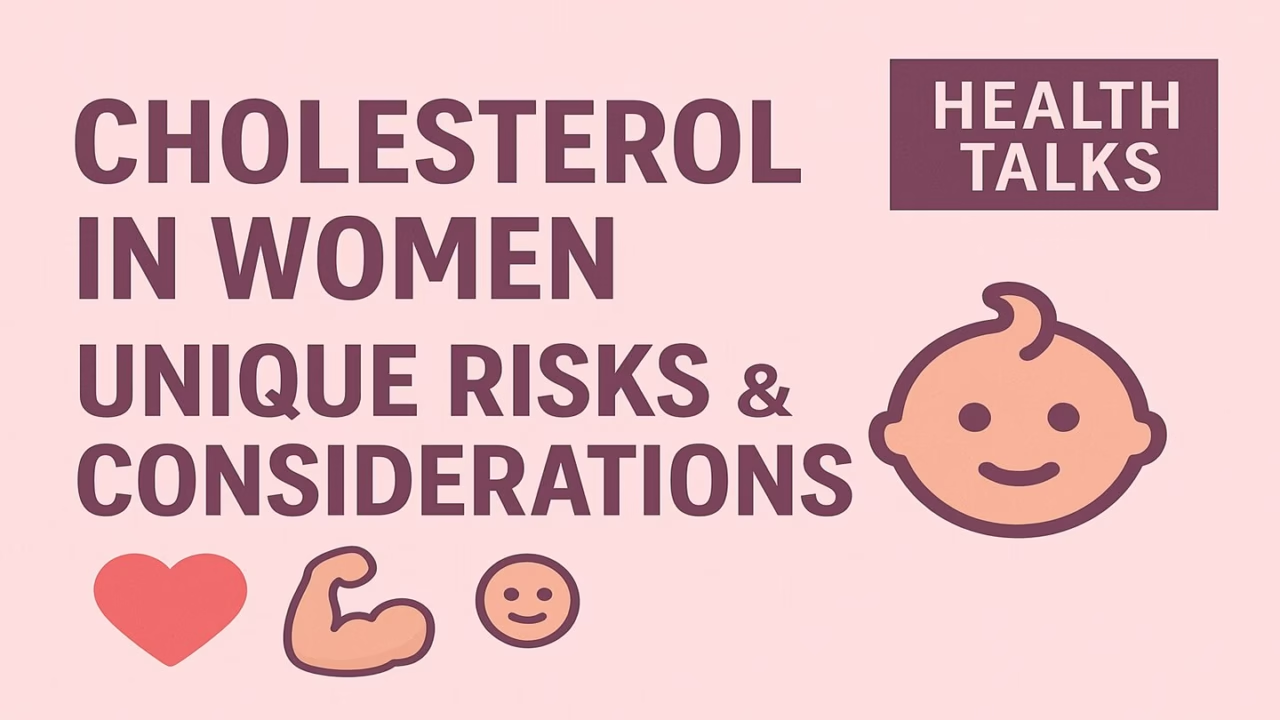




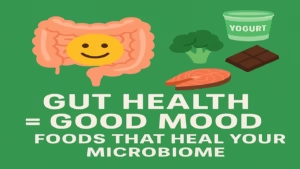

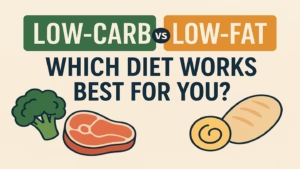




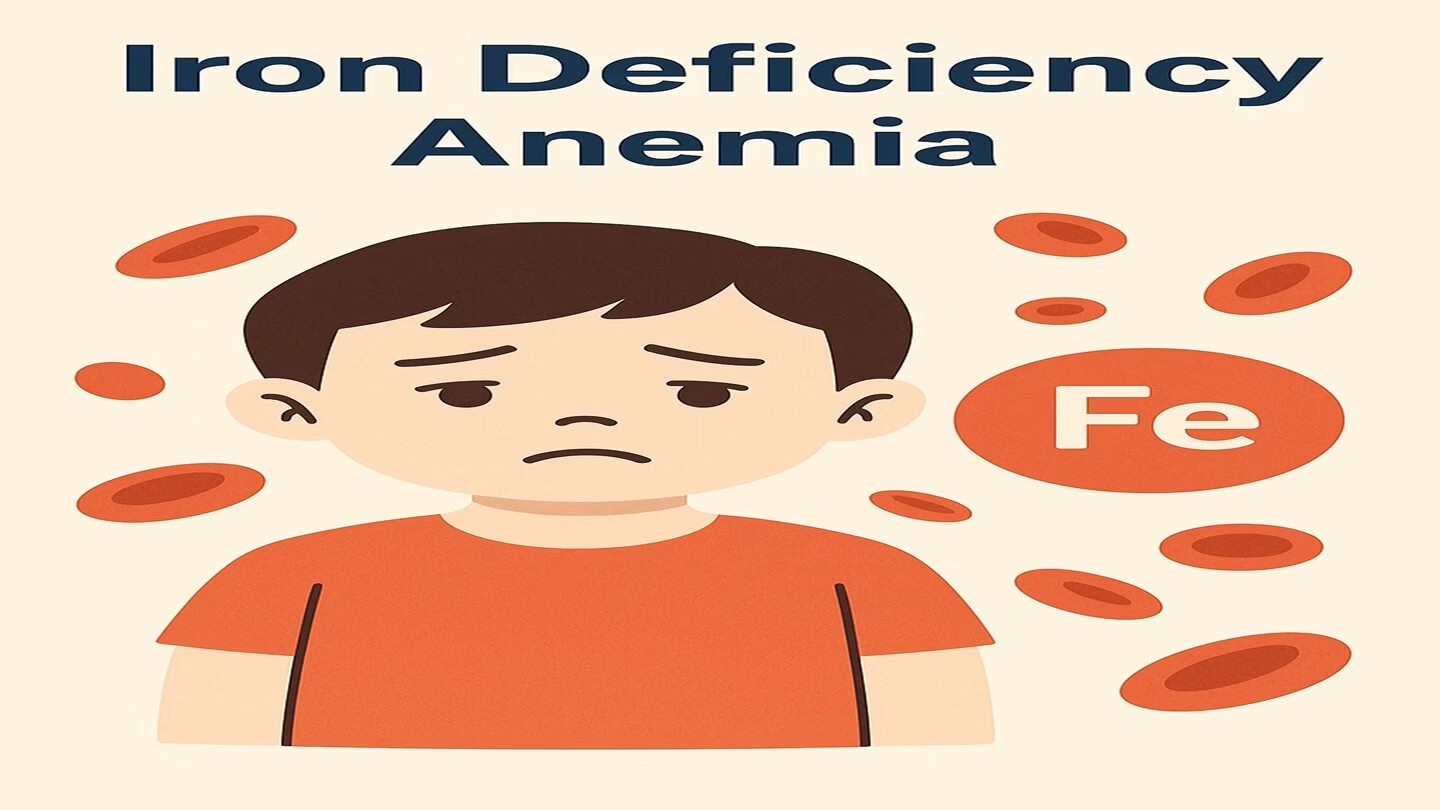
Add comment